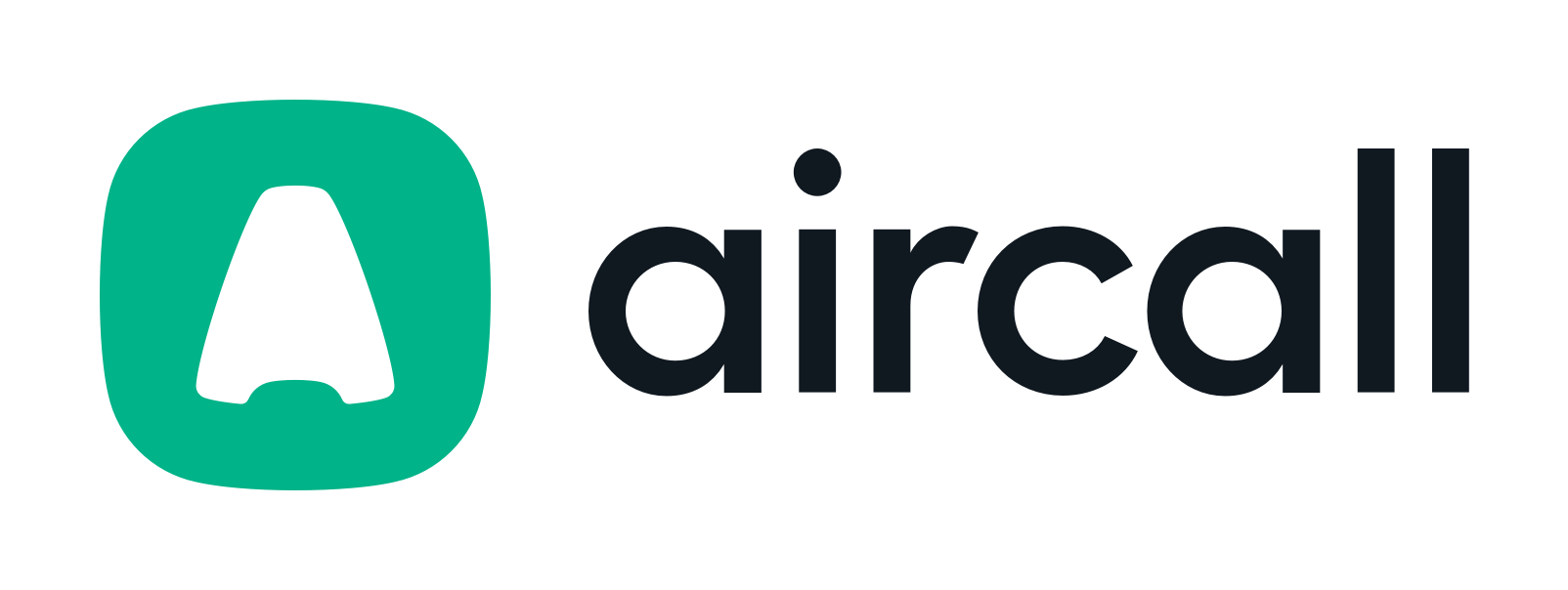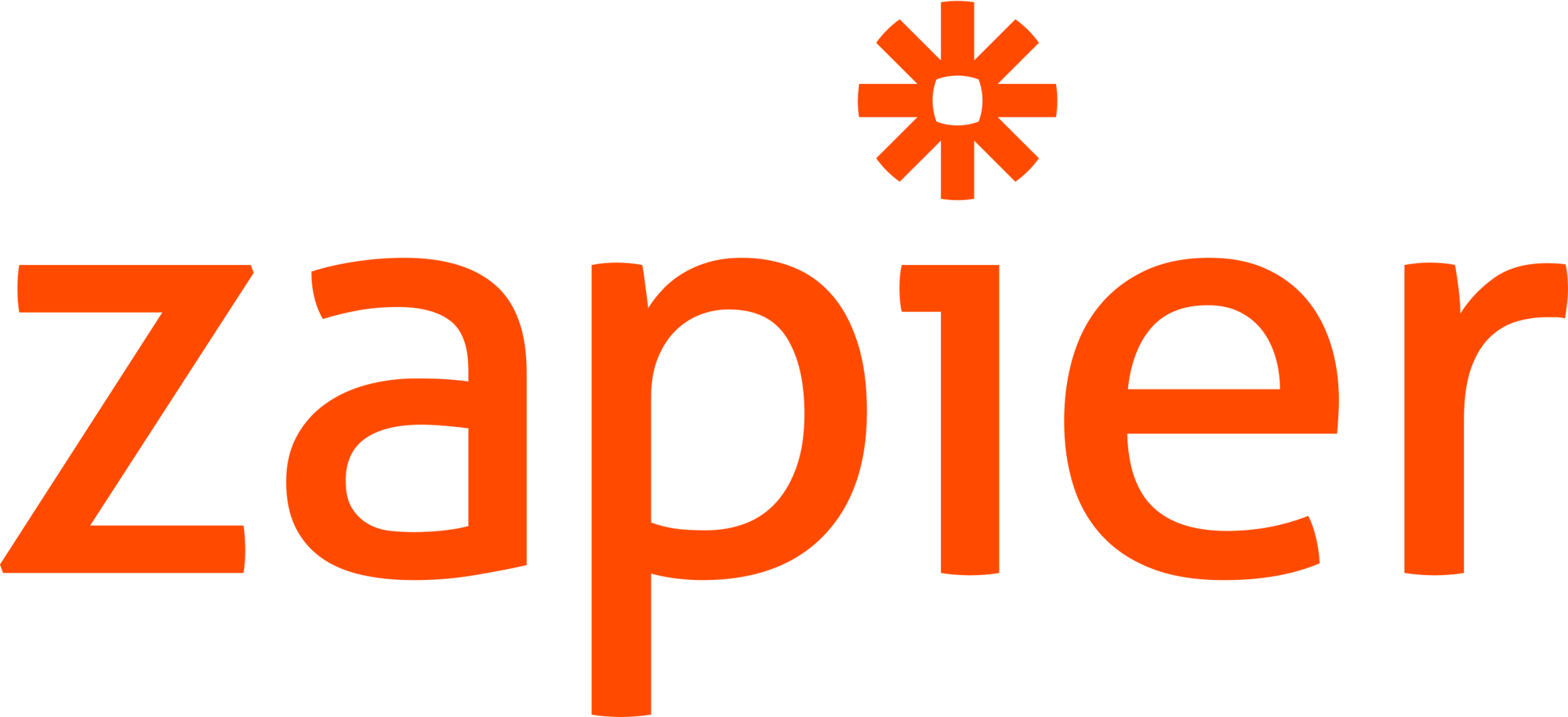Sales lead enrichment is key to transforming basic information about your leads into valuable insights that enable you to conduct targeted and effective outreach.
Small startups and large enterprises alike invest in enriching leads to boost sales performance. In this article, we’ll show you how to do it without breaking the bank and set your business up for success.
1. Phone numbers and email enrichment
The most important type of lead enrichment is updating or supplementing missing phone numbers and emails associated with a lead. Phone and email lead enrichment tools like Kaspr allow you to export and automatically enrich B2B contact data, such as emails and phone numbers, directly from LinkedIn.
Kaspr also offers integrations with CRMs (Salesforce, HubSpot, Pipedrive, Lemlist) for quick and easy data exporting.
Contact lead enrichment ensures you have the lead’s full name, company, job title, and contact details to build the pipeline faster.
Sign up and get unlimited B2B emails for free
An incredible tool
for sales
It allowed me to find phone numbers and emails of my identified prospects in a few seconds.
2. Firmographic lead enrichment
Enriching leads with data about their organization or company (e.g., size, location, revenue) or the industry improves lead segmentation, routing, and territory planning. For example, you can prioritize certain high leads and distribute them between correct reps.
It also allows marketing teams to create targeted campaigns to differentiate your messaging depending on the persona, i.e. logistic leads or finance leads.
3. Intent data enrichment
Buyer intent data enriches your lead generation efforts by identifying leads that are actively researching or showing interest in specific topics or products.
The intent data comes from web analytics and monitoring leads’ online behavior by third-party intent data providers (e.g., Bombora, TechTarget). For example, Cognism embeds Bombora’s intent signals into its prospecting platform.
That way, it’s possible to identify accounts ‘surging' on certain topics, which are strong indicators of purchase intent or interest in certain products or services. Then, you can build an enriched sales lead list and tailor marketing messages to leads’ current interests
4. Technographic data
Technographic lead enrichment involves integrating detailed technology usage data about potential leads (companies or individuals) into a company's customer relationship management system.
This data helps sales and marketing teams better understand the technological landscape and infrastructure of their leads, enabling more tailored and effective outreach strategies.
For example, it lets you identify potential gaps or inefficiencies in a lead's technology stack that your product or service could address. It may also give you a competitive edge. Knowing which competitors’ products a lead is using can provide insights into their potential pain points.
5. Sales event triggers
Key events or changes in a potential lead’s business environment could signal a higher likelihood of interest in or need for a company’s product or service. These events, also known as sales triggers, can significantly improve the timing and relevance of sales outreach.
For example, a company that has just received funding will likely have a spare budget, or a newly appointed executive will likely have the authority and desire to shake things up and make strategic decisions about purchasing new software.
What is the sales lead enrichment ROI?
The return on investment of lead enrichment can be significant, as it enhances the quality and effectiveness of marketing and sales efforts.
For example, Andy Earnshaw, Chief Customer Officer at Visibly HQ, highlighted that within the first two weeks of using Kaspr, his team booked six discovery calls. This rapid success was attributed to Kaspr’s ability to enrich leads with verified contact information, thus increasing the efficiency of their prospecting efforts.
Cognism has several case studies showcasing impressive ROI from its lead enrichment services. For example, Kelly Services uses Cognism’s intent data to reach prospects early in the buying process. They’ve attributed 15 qualified leads to intent lead enrichment, which allowed them to hit key KPIs.
Want to see Kaspr in action?
See how easy it is to look up prospects’ emails with the Kaspr Chrome Extension.
These examples illustrate how lead enrichment with tools like Kaspr and Cognism can drive substantial ROI by improving lead quality, increasing conversion rates, and enhancing overall sales efficiency.
Businesses often have several common questions about sales lead enrichment. These questions typically focus on the process, benefits, implementation, and ROI of lead enrichment. Here are some of the most frequently asked questions:
How does lead enrichment improve lead scoring?
Enriched lead data provides a more accurate picture of the lead’s potential, allowing for better lead-scoring models.
This helps prioritize leads with the highest likelihood of conversion, ensuring sales teams focus on the most promising opportunities. For example, a high-value lead initially captured with only an email address can be enriched with a phone number. Companies can assign higher scores to leads with phone numbers because they are easier to reach directly.
Technographic data, which includes information about the technologies and tools a lead’s company uses, can also be critical for scoring. Leads that use technologies compatible with or complementary to the business’s offerings can be given higher scores. For example, accounts already using complementary tools like Salesforce or HubSpot might score higher.
How do lead enrichment tools integrate with existing CRM and marketing automation platforms?
Lead enrichment tools typically integrate with existing CRM and marketing automation platforms through a variety of methods. Here’s how this integration usually works:
- Lead enrichment tools may offer plugins or browser extensions for certain CRM and marketing automation platforms. These tools integrate directly within the CRM interface, allowing users to access enrichment features and data directly from their existing workflows. For example, Kaspr’s LinkedIn extension gives you more ways to prospect on LinkedIn: on LinkedIn profiles, groups, events, Sales Nav and Recruiter lists.
- Some lead enrichment tools provide built-in integrations with popular CRM and marketing automation platforms. These native integrations are often designed to work out of the box, simplifying the process of connecting the tools and synchronizing data. For example, Cognism has native Salesforce and Outreach integrations, which means users don’t have to switch between CRM and data provider.
- APIs (Application Programming Interfaces) allow for seamless integration with CRM and marketing automation platforms. They enable real-time data exchange, ensuring that enriched lead information is automatically updated in your systems without manual intervention.
- Lead enrichment tools often allow for data to be exported in formats compatible with CRM and marketing automation systems, such as CSV files. Similarly, they can import data from these platforms for enrichment, facilitating smooth data transfer and synchronization.
- Integration often includes setting up automated workflows that trigger enrichment processes based on specific actions or events within your CRM or marketing automation system. For example, when a new lead is entered, the system can automatically request enrichment and update the lead’s profile.
- For platforms without direct integration capabilities, custom integration solutions can be developed. This involves working with developers or using middleware platforms to create a tailored connection between the lead enrichment tool and your CRM or marketing automation system.
- Effective sales lead enrichment integration ensures that data is synchronized between systems. This means updates in the lead enrichment tool are reflected in real-time within the CRM and marketing automation platforms, and vice versa, maintaining consistency across all systems.
- Some tools provide a user-friendly dashboard to initiate enrichment requests and view enriched data without leaving their primary system. This enhances usability and streamlines the process.
How to measure the effectiveness of lead enrichment?
To see if sales lead enrichment is effective, track metrics such as:
- Lead conversion rates.
- Sales cycle length (does additional data help accelerate the process?).
- Average deal size.
- Pipeline health (are there more qualified opps?).
- Lead quality scores.
- Engagement metrics (email open rates, click-through rates, and response rates).
- Revenue impact (compare enriched leads to non-enriched leads to see if the enrichment is contributing to higher sales).
- Customer acquisition cost ( reduction in CAC can suggest that enriched leads are more likely to convert).
- Feedback from sales teams (qualitative data).
Compare these metrics before and after implementing lead enrichment to assess its impact.
What are some challenges with implementing sales lead enrichment and how to address them?
The most common challenges associated with implementing lead enrichment are:
- Data integration issues.
- Ensuring data accuracy and quality.
- Keeping data up-to-date.
- Balancing data privacy and compliance requirements.
To address them, focus on several key aspects:
- To ensure data accuracy, freshness, and completeness, use vendors who offer advanced algorithms and continuous data updates. Data needs to be regularly validated to maintain its high quality. Automated processes to refresh and validate data regularly ensure that businesses have access to the most current information.
- Look for solutions that integrate seamlessly with your existing CRM and marketing systems. To address some integration challenges lead enrichment tools provide APIs that facilitate smooth data synchronization and eliminate compatibility issues.
- Focus on scalability to handle increasing data volumes as your business grows. Scalable infrastructure and flexible data management tools can support large-scale sales lead enrichment workflows.
- While some of the costs associated with lead enrichment can be high, companies often offer tiered pricing models or subscription plans to make their services more accessible. While budgeting for this type of solution, bear in mind the return on investment that accurate and actionable data can provide.
- Look for platforms that prioritize compliance with data privacy regulations, such as GDPR and CCPA. Check if they implement robust security measures or offer tools to help businesses manage data in accordance with legal requirements.
- While sourcing additional lead data is a complex process, using it shouldn’t be. Comprehensive training and support resources to help users effectively leverage enriched data ensure smooth adoption. Useful resources might include onboarding materials, webinars, and dedicated support teams.
What is sales lead enrichment?
Sales lead enrichment is a complex process that involves gathering, analyzing, and verifying billions of data points from various sources related to a customer. It’s possible thanks to advanced algorithms and machine learning models that organize information about your leads at scale.
There are several types of lead enrichment workflows that enhance the quality and completeness of lead data and improve internal processes.
1. Data collection
The key to data enrichment is to capture initial lead data, such as basic contact information through web forms, social media, email subscriptions, events, etc.
Businesses complete internal databases with external data providers (e.g., LinkedIn, Kaspr, Cognism) to validate and gather more information.
Collecting other types of B2B data, such as intent signals, technographics, and sales triggers, can significantly enhance sales lead enrichment. These data points can also be collected from first-party sources (i.e. web analytics, surveys), news feeds, or third-party vendors.
2. Data integration
The next step to reducing errors and manual work is integrating the collected lead data with your CRM, like Salesforce, HubSpot, or Microsoft Dynamics. Some data providers offer seamless integrations that allow you to access lead data without leaving the CRM.
You may also consider using APIs to automatically feed intent data, technographics, and sales triggers into the CRM.
3. Data enrichment
Data enrichment ensures that the data entering your CRM and other tools is complete and up to date. The process adds missing details such as job title, company size, industry, location, social media profiles, etc.
It also appends intent data to leads to identify their current interests and research activities and technographic data to understand their technology environment. Records updated with sales triggers help reps engage with leads when they are most likely to need your product or service.
4. Automation
Setting up automated workflows to continuously enrich leads as new information is the most efficient and helps eliminate errors. You can automate data cleansing workflows that enrich CRM data instantly or periodically. Or create alerts and notifications for sales teams based on changes in lead intent, technology usage, or significant sales triggers.
5. Data utilization
The enriched data equips sales teams with detailed lead profiles to tailor their outreach and increase the chances of conversion. It also powers up lead assessment process and refines customer segmentations.
Try Kaspr’s LinkedIn Extension for free
It has a community with 100K+ active users enjoying these benefits:
- Unlimited B2B email addresses
- All-in-one prospecting tool
- 500M+ phone numbers and email addresses
- 200M+ business profiles
- Free plan with LinkedIn Chrome Extension available
- GDPR and CCPA aligned
- Fully self-service
- Automated outreach
- Credit card free sign-up
Accurate European contact data
Get accurate data for your prospects and connect with your favorite sales tool






